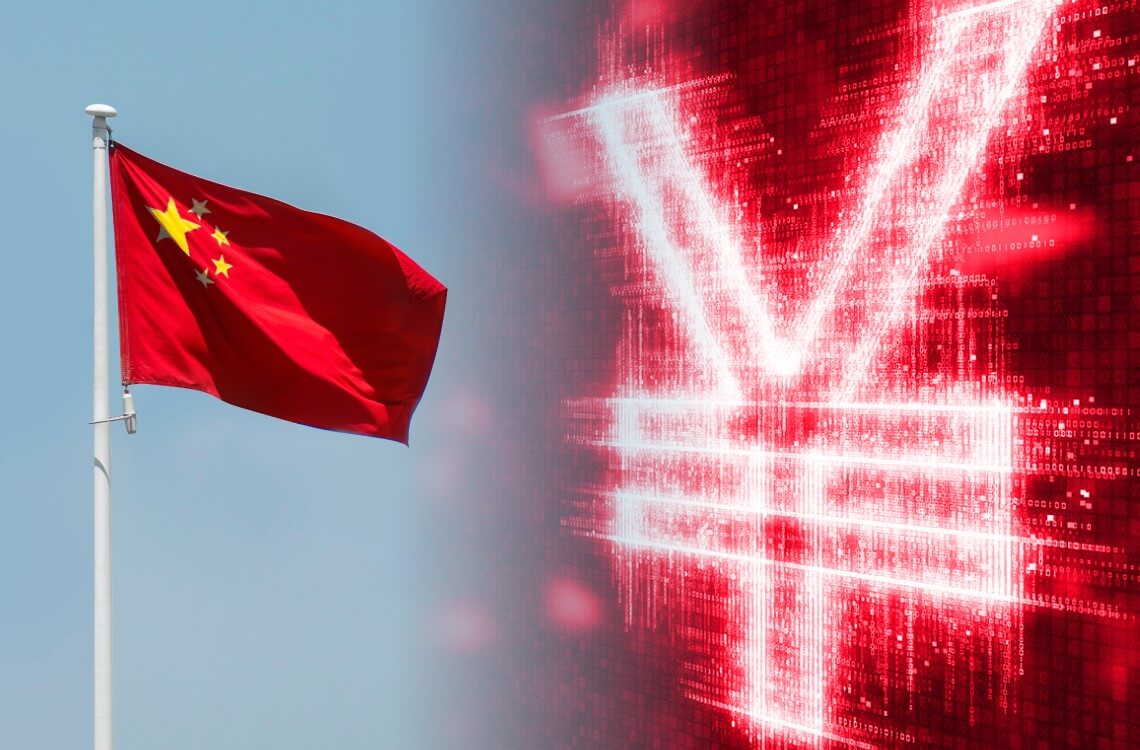China’s largest banks have implemented interest rate cuts for savers to stimulate economic growth and encourage consumer spending. The country’s six state-owned commercial banks, including the Industrial and Commercial Bank of China, Agricultural Bank of China, Bank of China, and China Construction Bank, have all reduced interest rates on yuan-denominated demand deposits and time deposits, according to a Reuters report.
The interest rate cuts on demand deposits amount to a decrease of 5 basis points, bringing the rates down to 0.2% from the previous 0.25%. Additionally, the banks have reduced the interest rate for five-year time deposits by 15 basis points, setting it at 2.5% instead of the previous 2.65%. These moves are seen as measures to enhance banks’ profitability and pave the way for further interest rate reductions by the People’s Bank of China (PBOC).
Analysts at Nomura believe that the rate cuts on deposit accounts signal the PBOC’s intention to lower benchmark lending rates, including the medium-lending facility (MLF) interest rate and the loan prime rate (LPR). The MLF rate announcement is expected on June 15, with the LPR announcement scheduled for June 20. Nomura’s analysts have been calling for a 10-basis-point cut to both the MLF and LPR rates since mid-May, considering factors such as exports, property market conditions, disinflation, and the Federal Reserve’s monetary policy.
Zhiwei Zhang, Chief Economist at Pinpoint Asset Management, emphasized that reducing the unemployment rate should be a top priority. He suggested that boosting household confidence in job security would lead to increased spending.
Interest rate cuts to boost consumption and investment
Lowering interest rates on deposits aims to incentivize businesses to borrow and stimulate consumer spending. By reducing the returns on savings accounts, banks hope to encourage individuals to invest or spend their money instead. In the first quarter, a PBOC survey revealed that 58% of household depositors expressed a preference for saving rather than spending or investing, indicating a decline in consumer confidence.
However, whether the rate cuts will immediately translate into increased spending remains uncertain. While they create a favorable environment for lending and borrowing, other factors such as employment levels, overall economic sentiment, and market conditions also play a crucial role in influencing consumer behavior.
Relief for the financial sector and economy
The interest rate cuts are expected to provide relief for China’s financial sector and the wider economy. Major state banks have faced pressure to lower borrowing costs for individuals and businesses to stimulate economic growth. These interest rate reductions ease the pressure on banks’ net interest margins (NIM) and create opportunities for further monetary stimulus.
Gary Ng, Asia Pacific Senior Economist at Natixis, suggests that additional cuts to the reserve requirement ratio (RRR) could be on the horizon to support local government bond issuance. However, further cuts to the loan prime rate (LPR) will depend on the performance of economic data and the level of financial risks. Ng notes that additional rate cuts will be implemented if they are necessary to achieve China’s 5% growth target.
The interest rate cuts come at a time when China’s economy is grappling with challenges such as declining exports, a sluggish housing market, and elevated unemployment levels. The country’s benchmark CSI Banks Index experienced a slight rise of 0.35% in morning trading following the announcement.
As China’s largest banks take proactive steps to lower interest rates and encourage economic activity, the impact of these measures on consumer behavior and the overall economy will be closely observed. The ongoing efforts to boost consumption and investment will shape China’s economic trajectory in the coming months.




